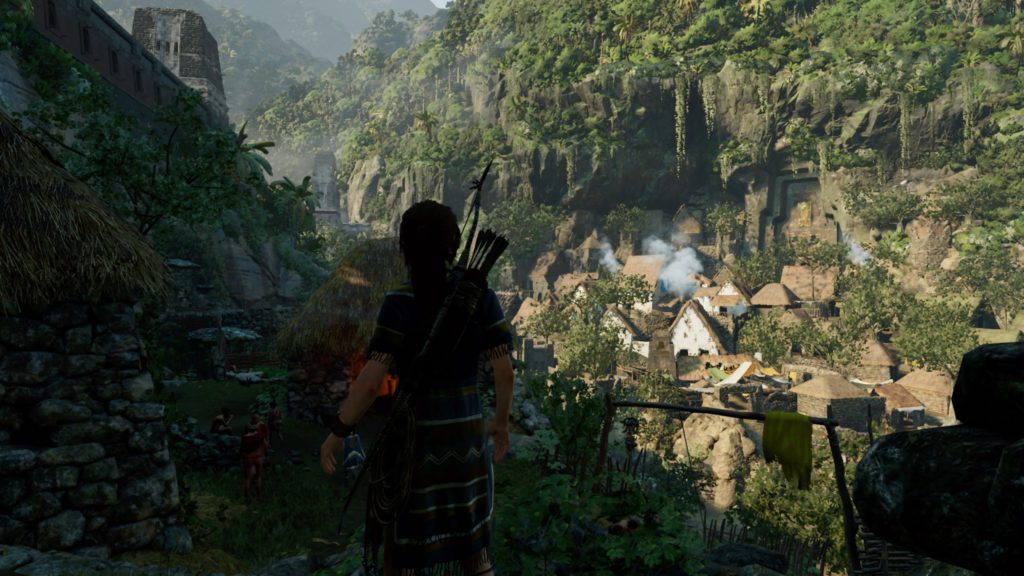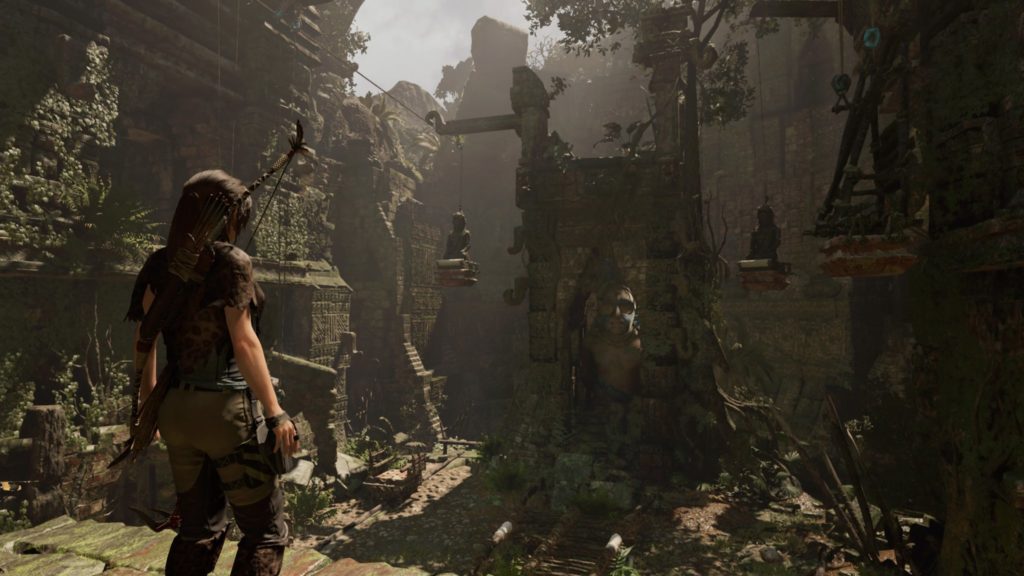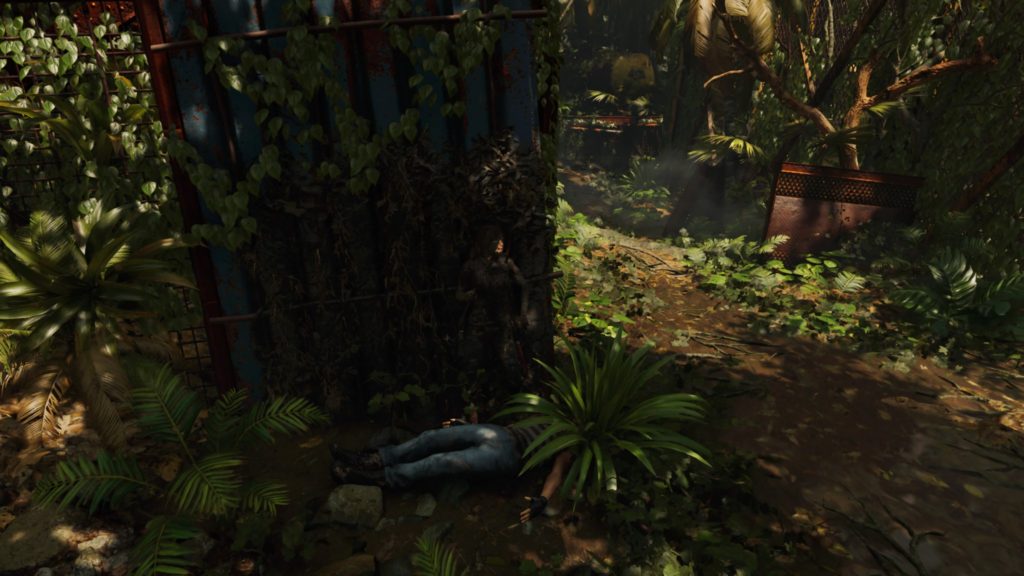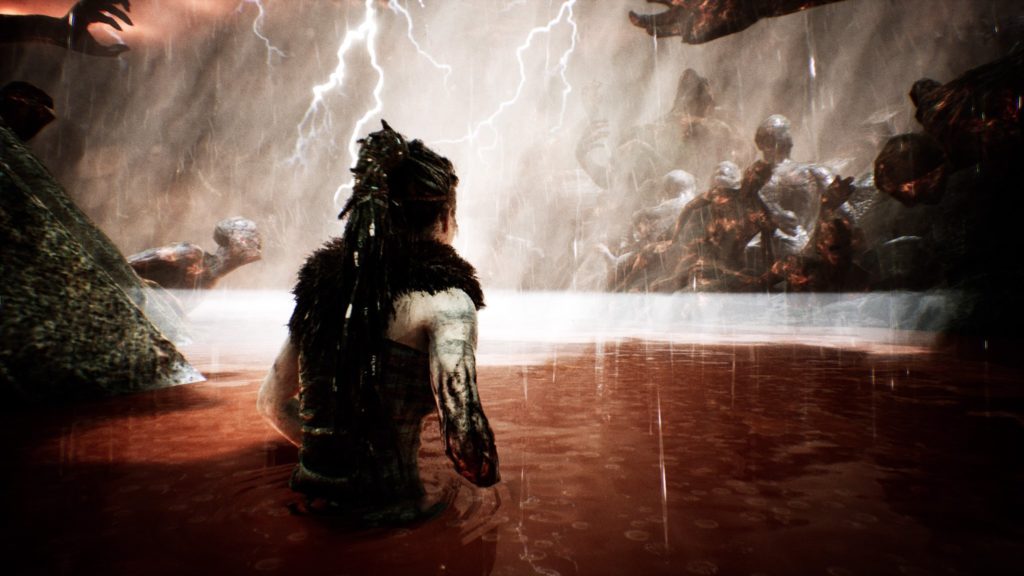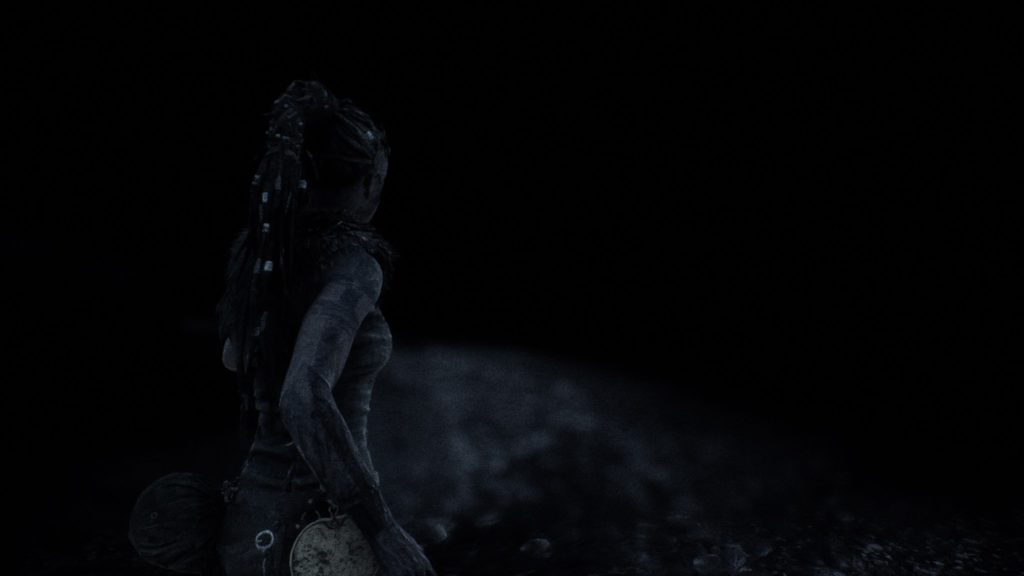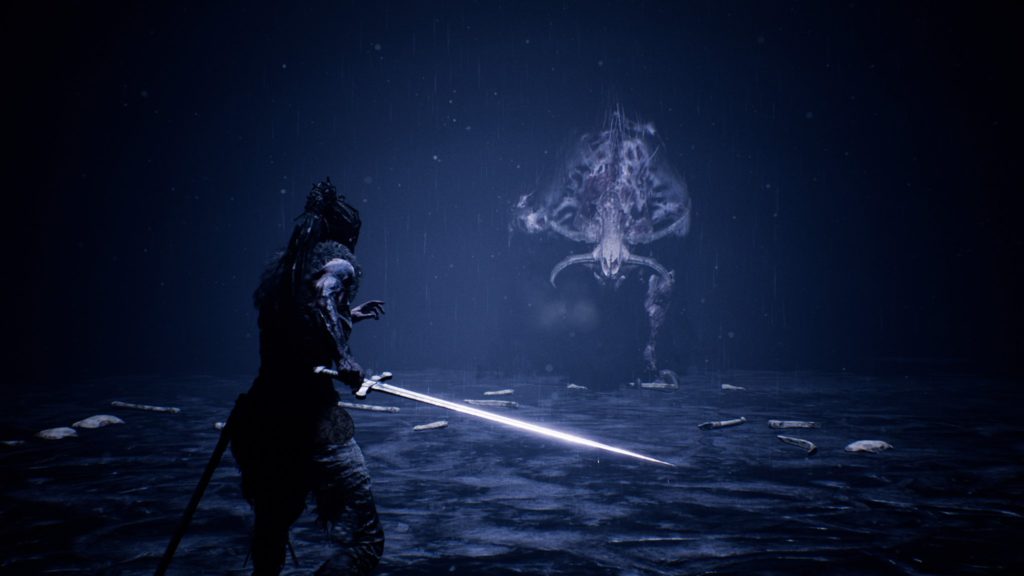- Genre: Arcade Flight Sim
- Platform: PS4
- Also Available On: Xbox One, Windows
TL;DR
- Really entertaining arcade flight sim with solid combat mechanics
- Gorgeous visuals that are a huge step up since the last main entry
- Expansive skill tree / equipment tree gives a bit more variety and depth to the game’s upgrade path
It’s been too long.
Seriously though, Ace Combat 6 came out in 2007. There was a PS3 spinoff, some really weird free to play stuff, and a decent PSP title, but nothing in the main line for over a decade. I’ve always really loved this series, and from where I’m sitting writing this I can see the PS2 entries lined up, so I had every digit crossed hoping this game was going to be a great return to form for the series. I’m happy to report that it more than lives up to the quality of the series’ past.
Well that got super fuckin hairy. https://t.co/S0FG7eiswY pic.twitter.com/aqrP4LeLF9
— Dan Weiss (@schenksmill) January 22, 2019
That tweet does more than about anything I can do to explain how gorgeous and exciting it is to simply fly around in Ace 7. The controls are as fluid as they’ve ever been. It simply feels easy to fly around, which is really nice because it allows you to focus on everything else going on. This being an Unreal Engine 4 title though, it comes with some real nice bells and whistles. Diving into clouds is simply breathtaking. Water hits your camera, your vision goes away, and it really feels like you might just get lost. Dive into a thunderstorm like I did up there and you’re in for even more fun surprises if you manage to get hit by lightning.
Combat is still largely what it has been in past titles. Deck out your planes in an assortment of missiles and bombs. If it’s a sea-based mission, maybe setup some air-to-ship weaponry. If you’re diving around through canyons, maybe use some seeking bombs for ground targets. The ease of controls just make it all super accessible. Flying is on your stick, throttle is on your shoulders, and weapons are all on your face buttons. This leaves you always on the right buttons when in a dog fight, and boy do those deliver.
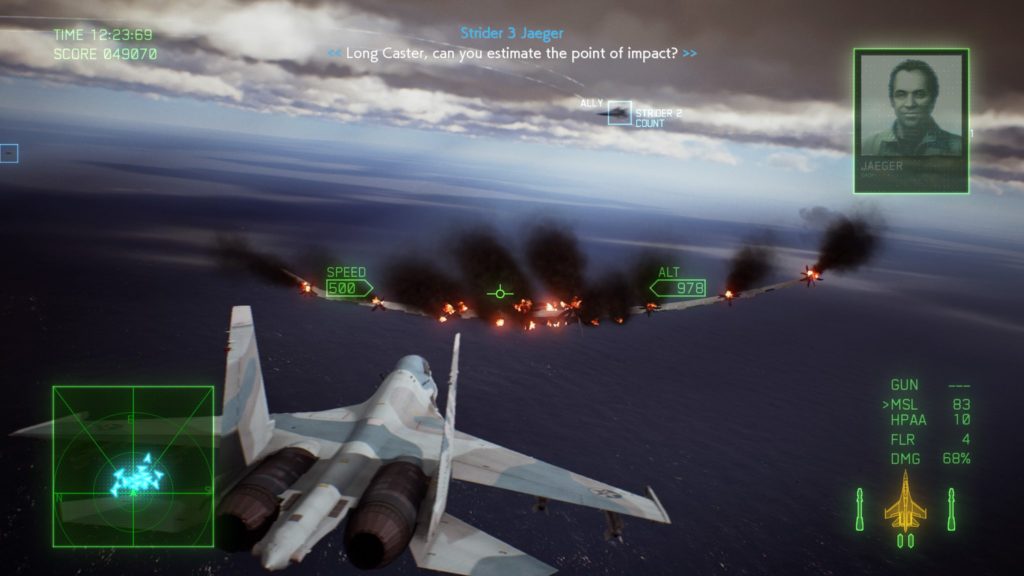
This game is a relatively modern take on combat, and weaves a story around the transition between pilot-based combat and drone-based combat, along with the implications of this if the drones are able to operate independently on their own. This leaves a lot of room for drone movement to lean well into the fantastic, and give you dog fights that are well outside the norm. While you’re weaving and bobbing, the drones are sometimes literally running circles around you. The fights become a lot more opportunistic in the past for when you can actually launch missiles or machine gun fire that have a chance to hit, but this all feels pretty fair. There’s still a lot of skill in managing to avoid being attacked, particularly since there’s a lot more room for the drones to come in behind you quickly, and you have to be a lot more on the ball for activating your attacks in really small windows of time to get hit your target. Overall while it felt very familiar, it was definitely a new experience in a lot of ways having to be so quick to react.
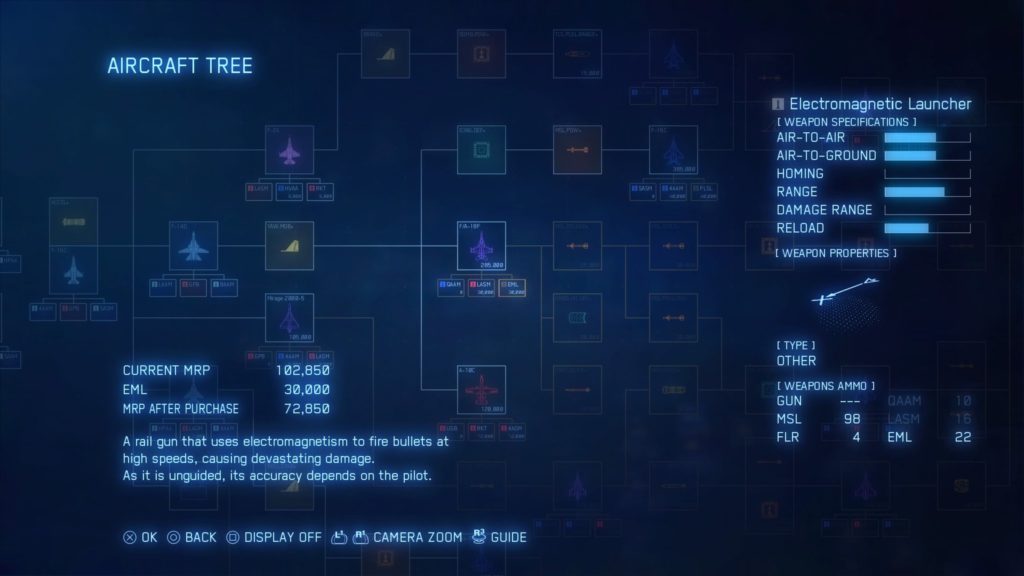
It’s also worth mentioning how much I enjoyed the equipment upgrade path that Ace 7 brought in. Past games have always had the ability to buy new planes, but this one goes full RPG and brings in a skill tree. The various branches of the tree have planes and weapons in them, but they also have upgrade tokens that can be purchased. At plane loadout time, these tokens can then be added to your plane via a point-cap system to modify the plane to your liking. Want tighter yaw to really push through turns? Lean into maneuverability upgrades. Frustrated by how slow some of the special weapons reload? Lean into upgrades that improve reload speed. Because they’re point capped, you can’t necessarily build some uber broken plane, but this whole system provides a really nice way to just generally get upgrades as well as provide some nice customization to your planes if you really find one that you like.
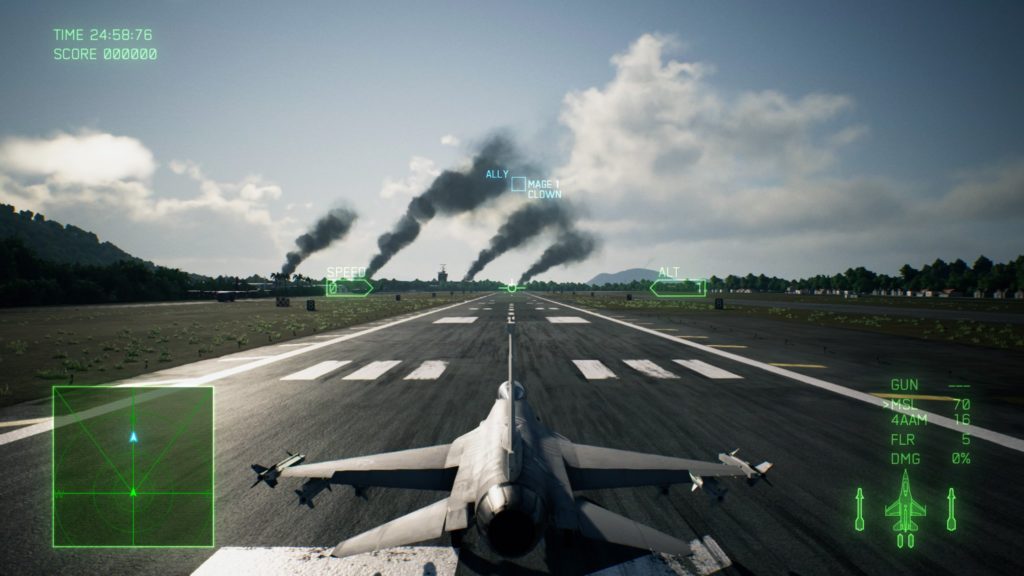
Realistically this game isn’t for everyone. End of the day it’s a game about flying and shooting, so it’s gonna hit a limited market. However, it’s the kind of pure joyous action that I always get a kick out of, and never really understood why more games like it weren’t available. Having been 12 years since the last main entry, I’m glad that Ace Combat is finally getting another chance to shine because this is a damn good entry in the series, and finally one that pretty much everyone will have access to play.


